In 1994 the Center for Computer Research in Music and Acoustics (CCRMA) at Stanford University initiated a program called "Sondius" that was tasked with creating Physical Modeling patents. The researchers included, among others, Julius Smith, Bill Putnam (CEO of UA), and Pat Scandalis, currently the CTO, and acting CEO of app developer moForte and Chairman of the MPE Sub-committee for the MIDI Association. They created an editor for DSP/Control programming (SynthBuilder) as well as about 60% of the General MIDI sound set as Physical models (Sondius Recordings) for NeXT computers, taking advantage of their built-in Motorola 56k DSP processors. In 1997 This technology was spun out of Stanford as a startup called Staccato Systems.
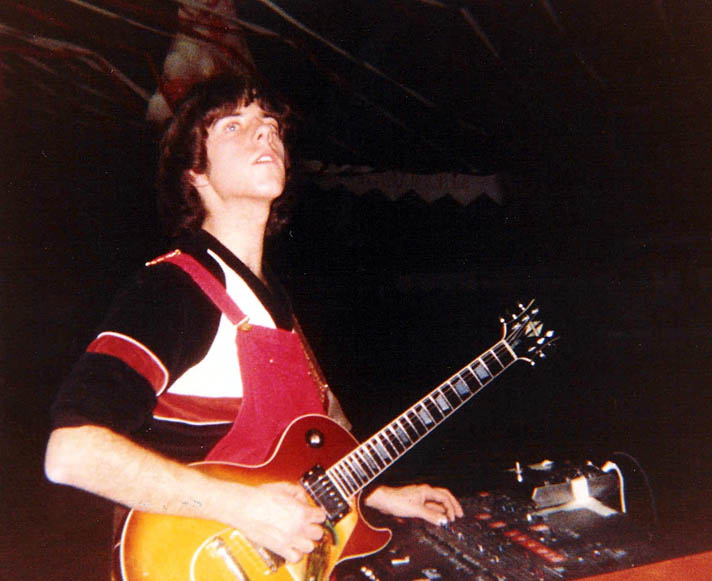
Around 1999 Staccato created one of the first driver level (Ring-0) General MIDI synthesizers (SynthCore) which was used for games and web pages. SynthCore was paired with AC97 codecs and became SoundMax, which was installed on millions of PCs.
Pat Scandalis has a long history with MIDI, going all the way back to performing with the ARP Avatar, one of the first guitar synthesizers. He was kind enough to speak to us about moForte and answer some questions about the general state of MIDI 2.0.
How did MoForte get started?
In early 2012 I had completed a 9-year gig running Liquid Audio and founded moForte with Julius Smith, and another former Sondius colleague, Nick Porcaro, who had been doing iOS development, to commercialize physical modeling technologies.
Our first product, moForte Guitar, was a Guitar Karaoke product to make it possible for anyone to experience playing the guitar. In 2014, I met Jordan Rudess, who was doing a ROLI controllers seminar at CCRMA. Jordan's company, Wizdom Music, had an app called GeoSynthesizer which has a unique control paradigm and was a precursor for MPE.
We decided to merge technologies and GeoShred was born and was first shown at NAMM 2015 as a joint Wizdom/moForte product.
You released GeoShred in 2015. What has been most challenging about marketing an MPE controller for iOS in the last 7 years?
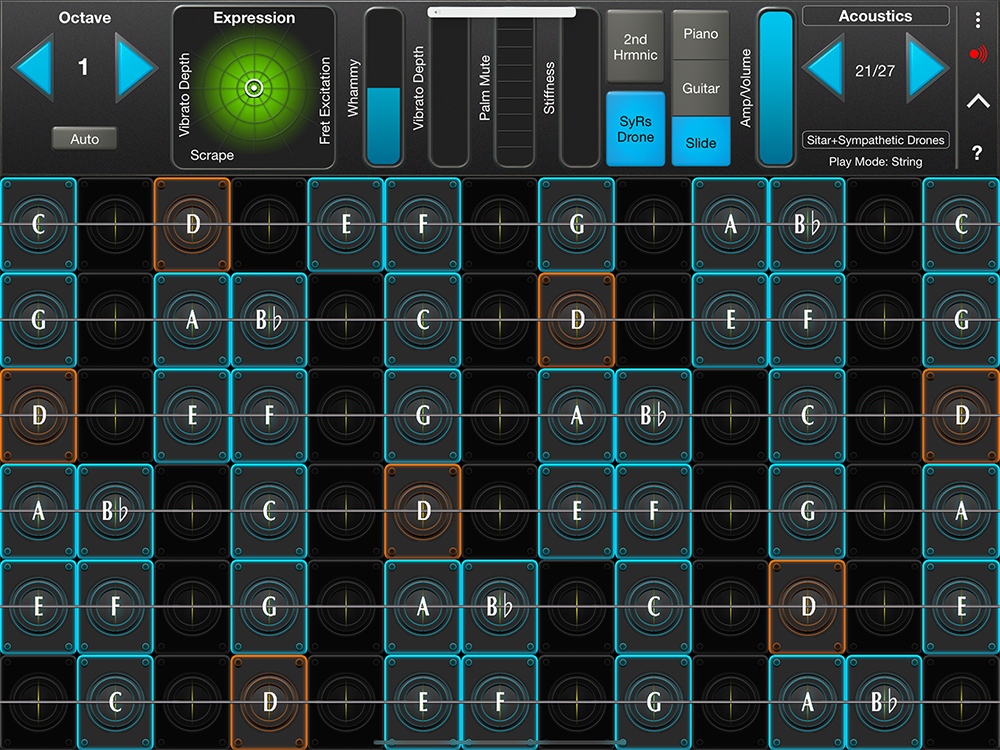
GeoShred was designed around MPE from the very beginning. We wanted to create a new kind of musical instrument, and mobile devices with a touch screens and a rich set of sensors seemed ideal.
For the last few years, marketing any MPE controller has been a bit challenging because there are sometimes bumps for users getting different MPE products to work together. There are a few parts of MPE that could have been presented differently in the original spec. This is mostly around how a controller tells a synth that it's in MPE mode and how to set up the Pitch Bend Sensitivity. This is why the specification was revised. It puts focus on the areas where customers have been having challenges and it provides best practices and examples so that implementers can create great MPE products.
How would you describe the typical early adopter of GeoShred? Do they play another instrument, or is GeoShred their first attempt?
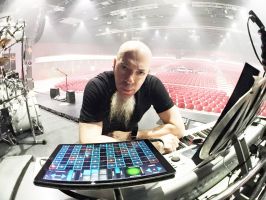
Today there are over 100,000 artists, from more than sixty countries who perform GeoShred. About 40% of GeoShred users are in India and they tend to be individuals with a strong desire to play Classical Indian music and are looking for an instrument that supports micro-tonality and pitch fluidity. Many are young people in an educational environments like LivDemy, Swar Laya Music.
The other 60% of GeoShred users are mostly in the western world. Many are professional musicians who recognize that GeoShred is expressive in ways that are hard to achieve with conventional musical instruments. With the addition of the GeoSWAM physical models, it's possible to perform instruments like the Violin or the Tenor Saxophone directly and expressively from a small mobile device.
How does MIDI 2.0 help people create music that couldn't be created in any other way?
Currently with MIDI 1.0, music creators often have to think about and even look at raw MIDI messages to accomplish a specific musical goal. MIDI 2.0 takes MIDI from a monologue to a dialogue where MIDI devices can communicate bidirectionally, creating the opportunity for true plug-and-play. Specifically, MPE under MIDI 2.0 will be a true plug-and-play experience.
How would you describe the current state of the MPE specification?
In March of 2021, the MPE subcommittee was formed to take a look at the current MPE specification and do a revision. This editorially revised MPE specification is an update of the existing MPE 1.0, rp53 document for MIDI 1.0. At the highest level, the structure of the revised document remains the same. However, in the original rp53 document, specification rules were sometimes found in the implementation guidelines and appendices. All the implementation rules are now gathered together into section 2 "Detailed Specification". Further, the best practices and appendices have been elaborated to provide greater detail and examples for MPE implementers.
The revised MPE spec is undergoing member review until March 18, 2022. After that, it will go to the members to vote for adoption. If it passes the vote, then I expect we will see it available to everyone in April/May 2022.
The next step for the MPE Subcommittee is to recast this revised spec as a MIDI 2.0 profile taking advantage of MIDI-CI to support a negotiation dialog between MPE senders and receivers. I'm hoping we can complete this work by mid year.
If you were to do it all over again, is there anything you'd do differently?
 If we could do it over, we would have started using C++/JUCE from the beginning. Our first product, moForte Guitar, was in 2012 and it was built around Objective-C and iOS SDKs. This is because we had a long history with Objective-C and these SDKs starting from our work on the NeXT machines at Stanford back in the early 90s. GeoShred leveraged that code base and is currently a mix of iOS and JUCE paradigms. We are moving to a full C++/JUCE code base and should complete that transformation in the next year or so.
If we could do it over, we would have started using C++/JUCE from the beginning. Our first product, moForte Guitar, was in 2012 and it was built around Objective-C and iOS SDKs. This is because we had a long history with Objective-C and these SDKs starting from our work on the NeXT machines at Stanford back in the early 90s. GeoShred leveraged that code base and is currently a mix of iOS and JUCE paradigms. We are moving to a full C++/JUCE code base and should complete that transformation in the next year or so.
Who else is doing it right in the world of MPE controllers?
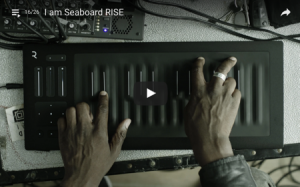
I think that there are a number of really great MPE controllers. In my own testing I use the LinnStrument as a reference. The ROLI products are great as well. I also see that there are a number of conventional controllers that are supporting portions of the MPE spec and expect there will be more over time.
GeoShred can be used to control MPE enabled plugins on the computer. Any particular MPE synths that you care to mention?
Geoshred can be used to control MPE enabled plugins on desktops and mobile devices. Because this is such a common use for GeoShred, we provide and FAQ and videos on how to do this (http://www.moforte.com/geoShredAssets5.9/help/FAQs/index.html#vst).
Further, the instruments built into GarageBand support MPE and we have a large number of customers who use GeoShred as an MPE controller to control the GarageBand instruments. We also have quite a few customers who use GeoShred to control Animoog, Moog Model D and on the desktop Equator.
Where does moForte go next?
Well right now our focus on using mobile devices for music creation, and there is plenty to do. The iOS ecosystem has MIDI support, DAWs and there are now more than 800 Auv3 plugins.
At the same time we are hearing from our customers that they want interoperability across other mobile devices, desktops and even hardware, so over the next few years I see our product focus expanding beyond mobile to plugins on desktops, Android devices, and hardware.
The moForte Team (L-R) Nick Porcaro, Keith Wechsler, Julius Smith, Jordan Rudess. Pat Scandalis.
Do you have any advice for developing a MPE controller or MPE enabled softsynth at this time?
For people developing an MPE controller or Synth, I recommend that you read the new specification. It has recommendations for best practices and there are a number of really good examples so that you can create great MPE products.
__________________________.
See 89 MPE enabled products in the KVR Product Database: https://www.kvraudio.com/plugins/mpe
See 39 MPE enabled products in the KVR Marketplace: https://www.kvraudio.com/marketplace/mpe
Some MIDI 2.0 Resources
Pat and Athan Bilius, President of the MIDI Association were kind enough to provide some resources for those contemplating developing MPE controllers or software. The core specifications for MIDI 2.0 were adopted at the 2020 NAMM show and the MA has been adding lots of new specs, but people can learn about and download the details here:
- Details about MIDI 2.0, MIDI-CI, Profiles and Property Exchange
- Apple has implemented MIDI 2.0 in the Monterey OS. Here is a link to their documentation.
- Apple's documentation for MIDI Capability Inquiry (MIDI CI).
- AmeNote is about to ship a MIDI 2.0 USB prototyping board based on two Picos to 33 companies who are prototyping MIDI 2.0.

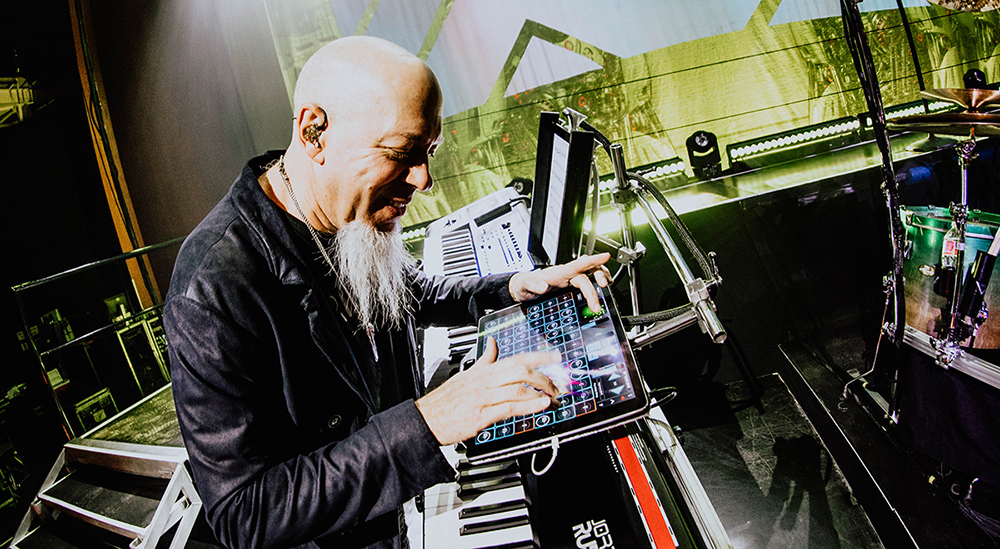



 Other Related News
Other Related News